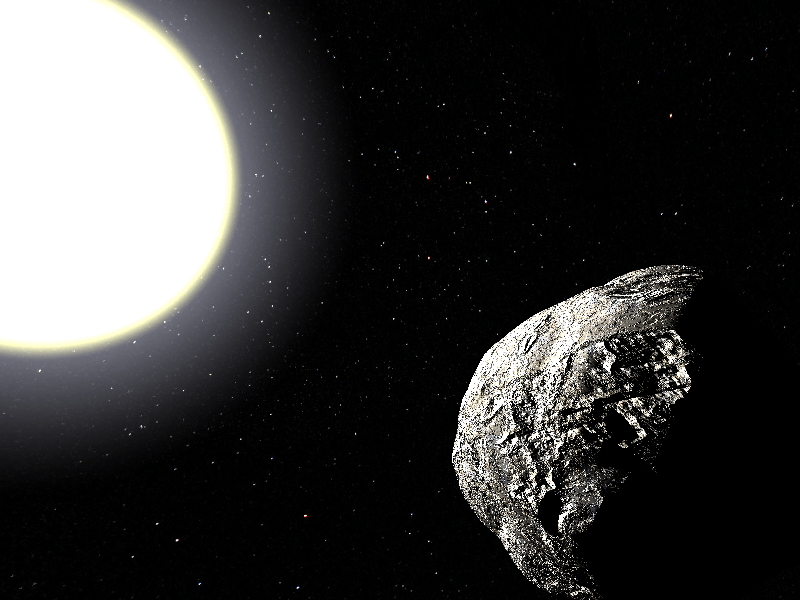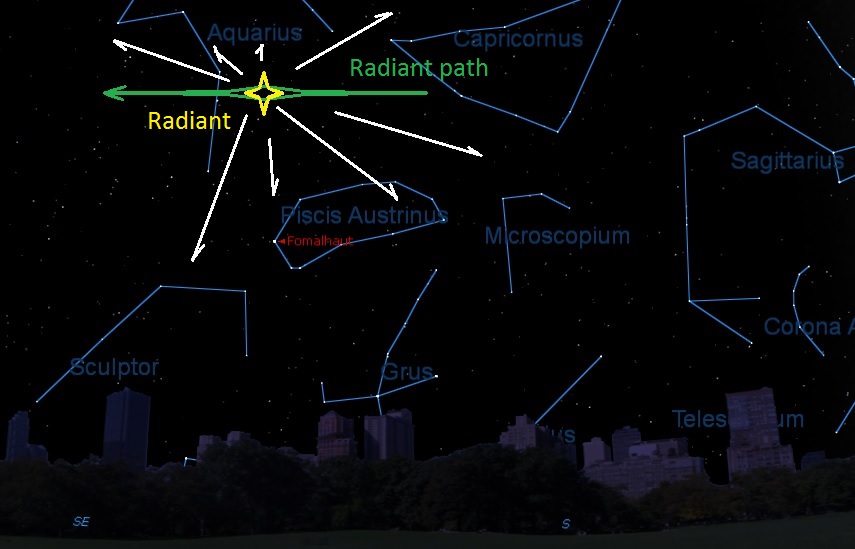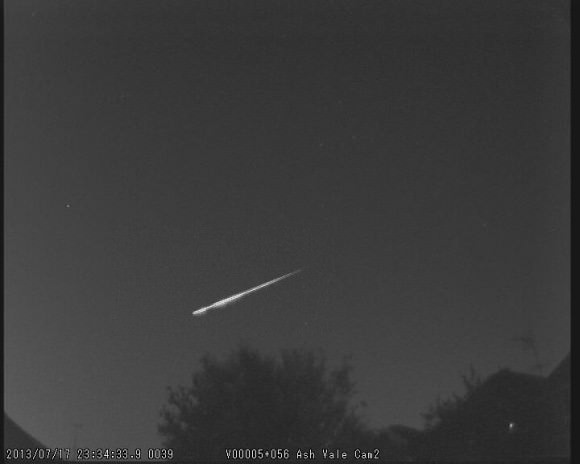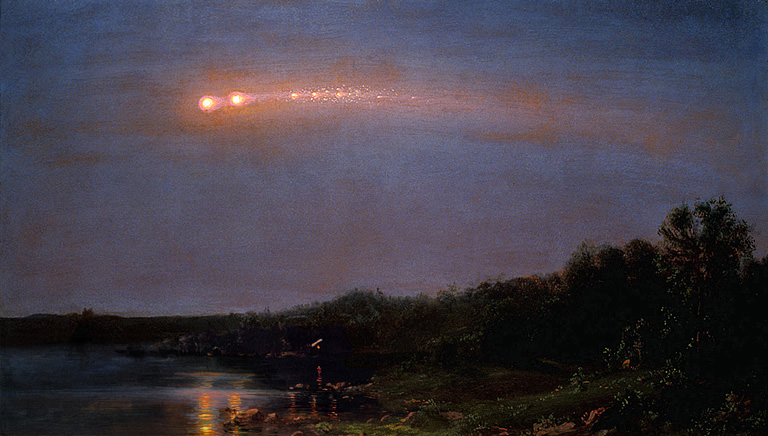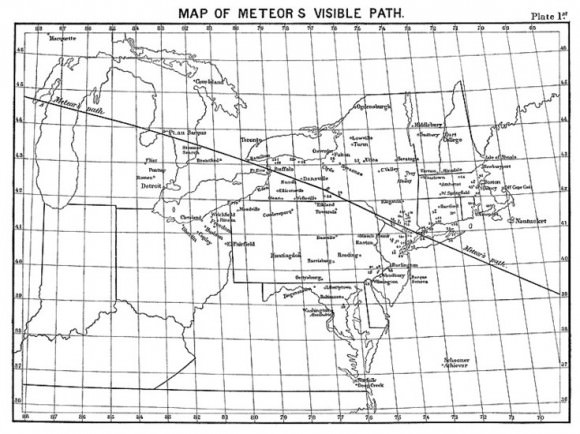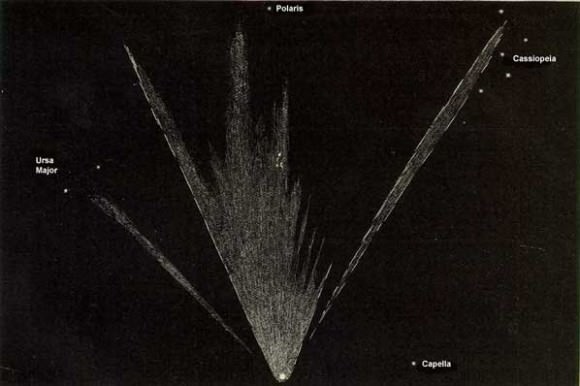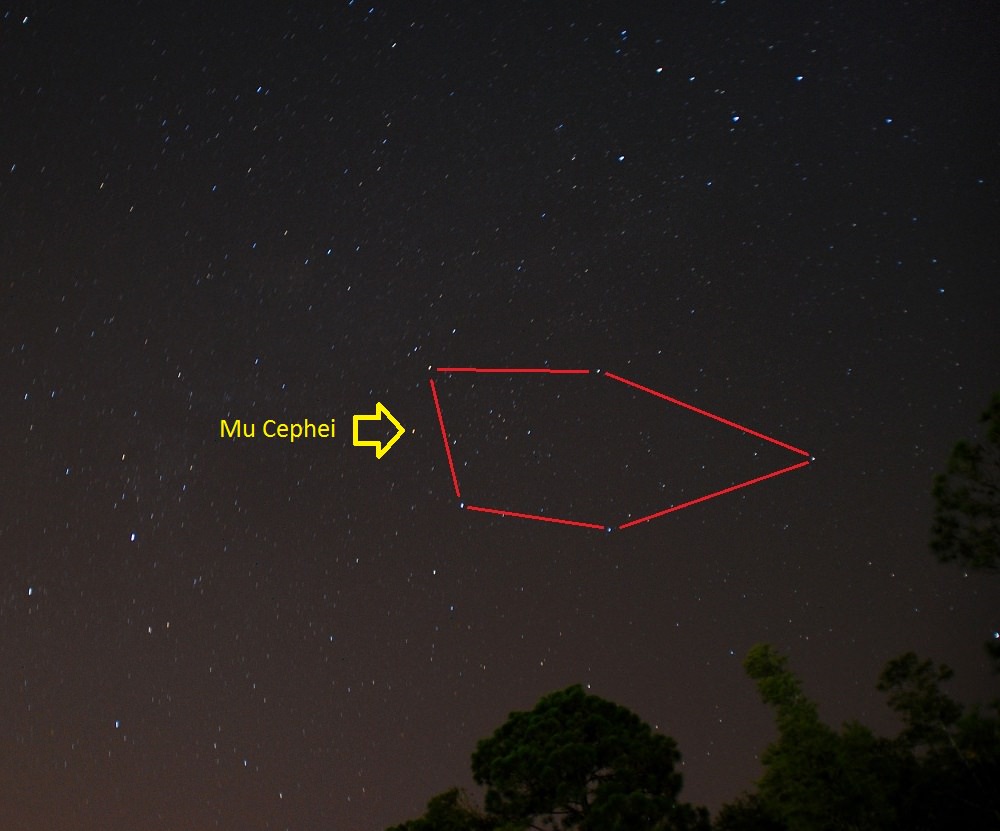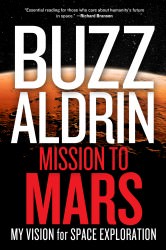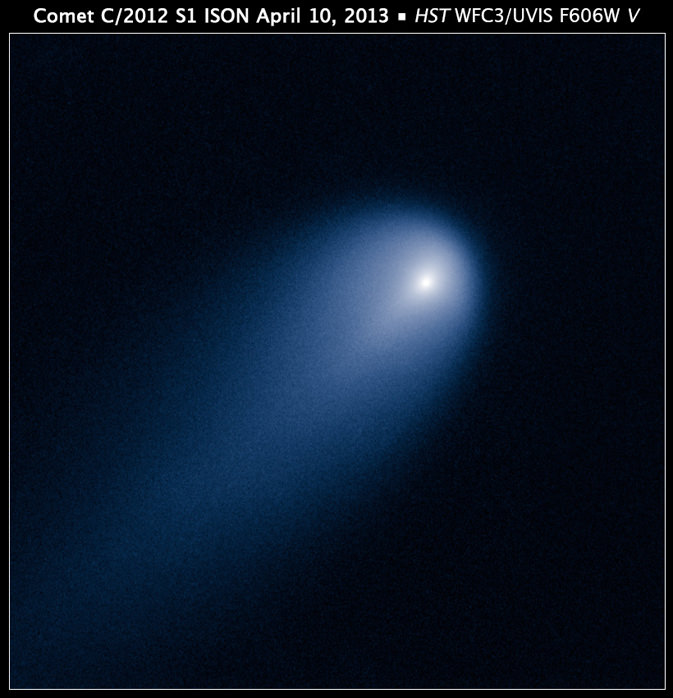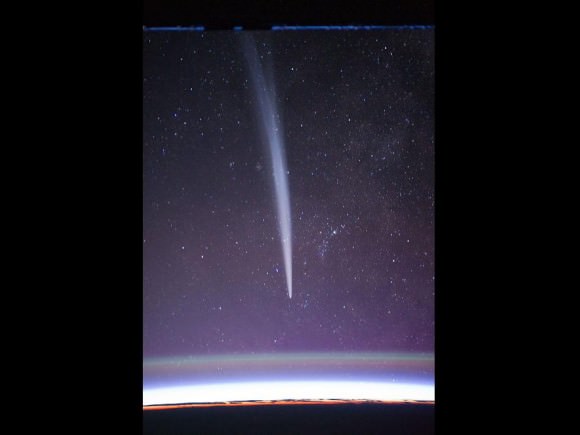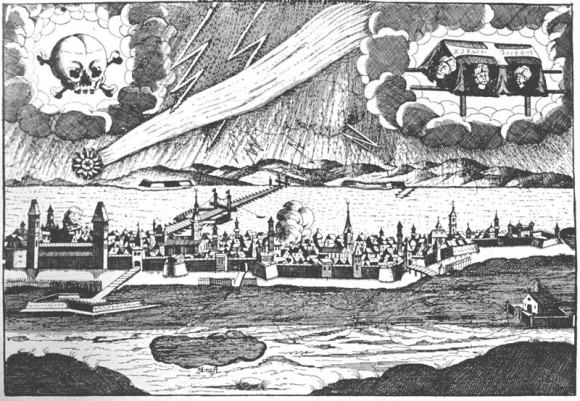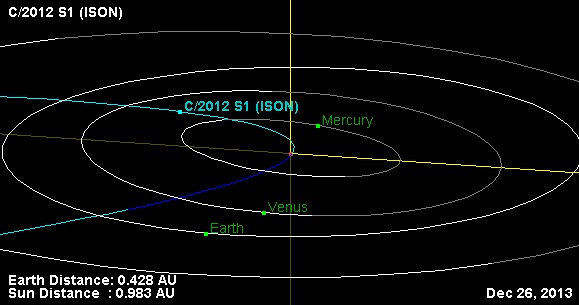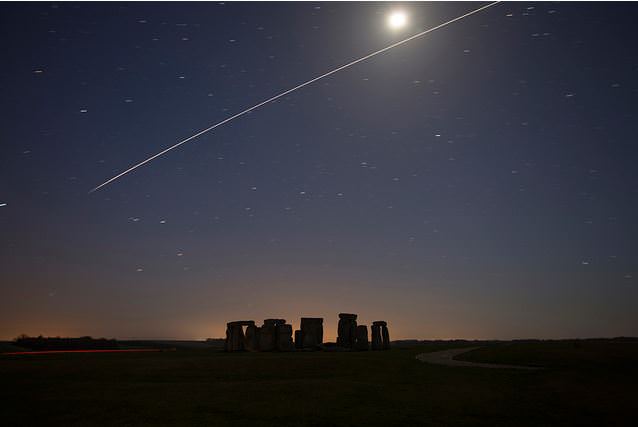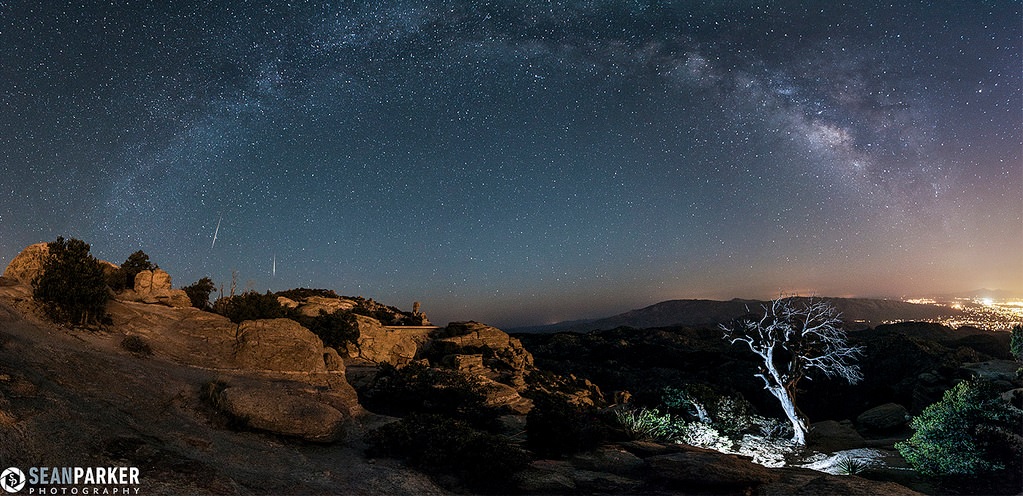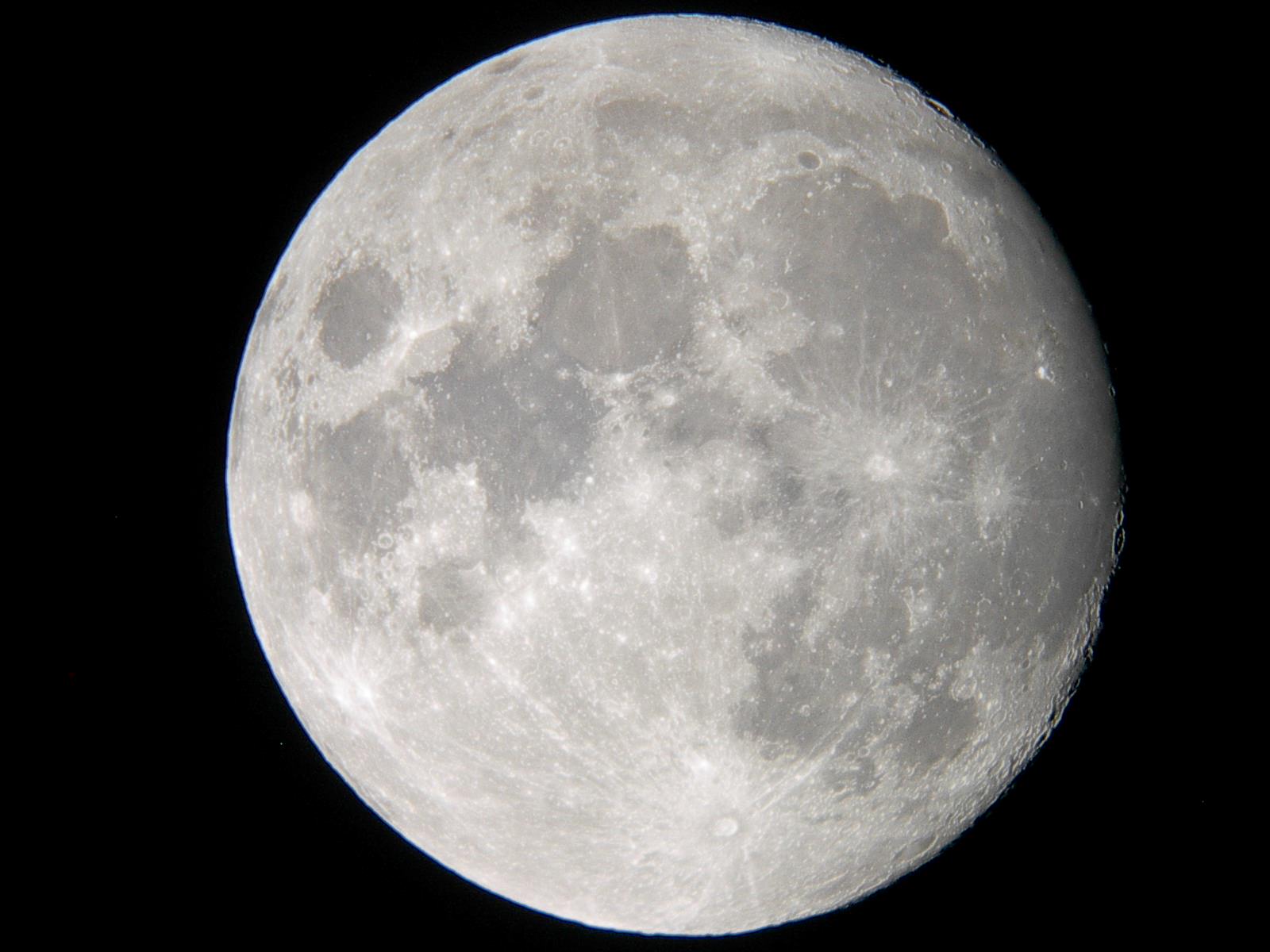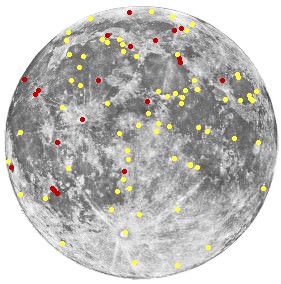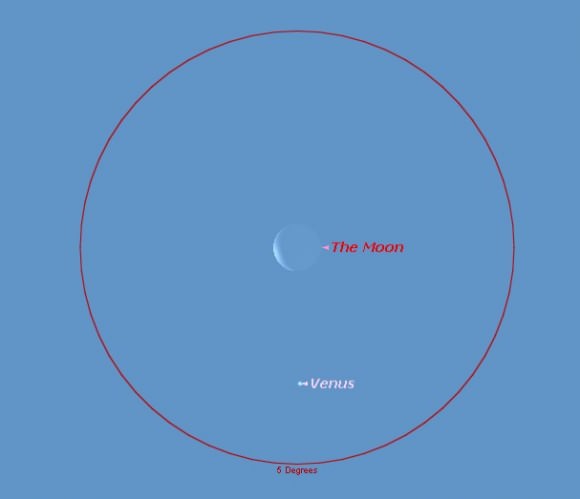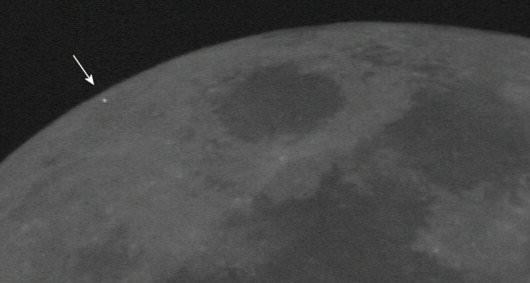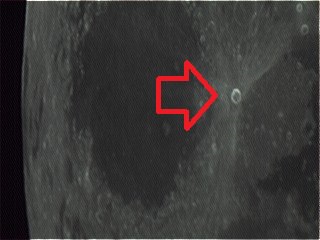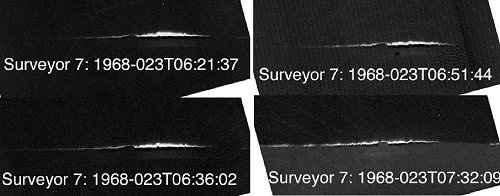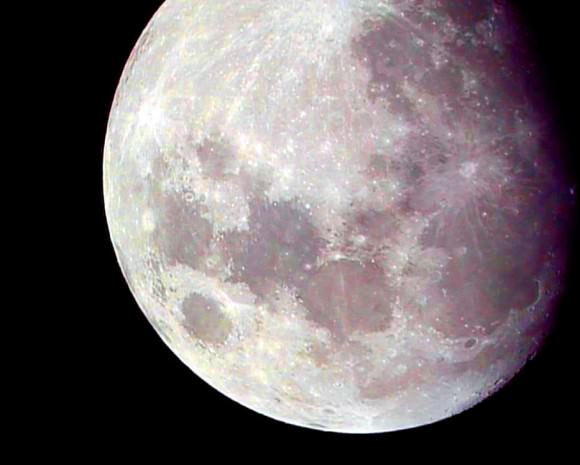One of the most fascinating stories in modern astronomy involves the pursuit of a world that never was.
Tomorrow marks the 135th anniversary of the total solar eclipse of July 29th, 1878. With a maximum totality of 3 minutes 11 seconds, this eclipse traced a path across western Canada and the United States from the territory of Montana to Louisiana.
A curious band of astronomers also lay in wait along the path of totality, searching for an elusive world known as Vulcan.
Long before Star Trek or Mr. Spock, Vulcan was a hypothetical world thought to inhabit the region between the planet Mercury and the Sun.
The tale of Vulcan is the story of the birth of modern predictive astronomy. Vulcan was a reality to 18th century astronomers- it can be seen and the astronomy textbooks and contemporary art and culture of the day. Urbain J.J. Le Verrier proposed the existence of the planet in 1859 to explain the anomalous precession of the perihelion of the planet Mercury. Le Verrier was a voice to be taken seriously — he had performed a similar feat of calculation to lead observers to the discovery of the planet Neptune from the Berlin Observatory on the night of September 23, 1846. Almost overnight, Le Verrier had single-handedly boosted astronomy into the realm of a science with real predictive power.
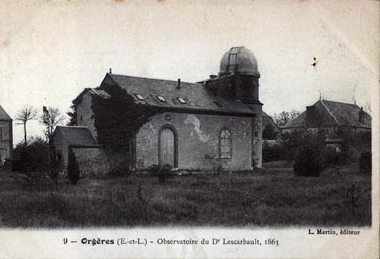
The idea of Vulcan gained traction when a French doctor and amateur astronomer Edmond Lescarbault claimed to have seen the tiny world transit the Sun while viewing it through his 95 millimetre refractor on the sunny afternoon of March 26th, 1859. Keep in mind, this was an era when solar observations were carried out via the hazardous method of viewing the Sun through a smoked or oil-filled filter, or the via safer technique of projecting the disk and sketching it onto a piece of paper.
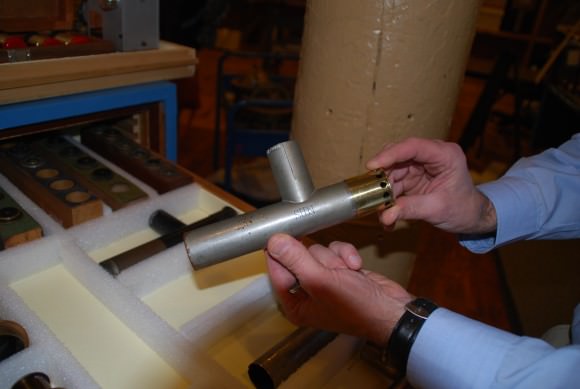
A visiting Le Verrier was sufficiently impressed by Lescarbault’s observation, and went as far as to calculate and publish orbital tables for Vulcan. Soon, astronomers everywhere were “seeing dots” pass in front of the Sun. Astronomer F. A. R. Russell spotted an object transiting the Sun from London on January, 29th, 1860. Sightings continued over the decades, including a claim by an observer based near Peckeloh Germany to have witnessed a transit of Vulcan on April 4th, 1876.
Incidentally, we are not immune to this effect of “contagious observations” even today — for example, when Comet Holmes brightened to naked eye visibility in October 2007, spurious reports of other comets brightening flooded message boards, and a similar psychological phenomena occurred after amateur astronomer Anthony Wesley recorded an impact on Jupiter in 2010. Though the event that triggered the initial observation was real, the claims of impacts on other bodies in the solar system that soon followed turned out to be bogus.
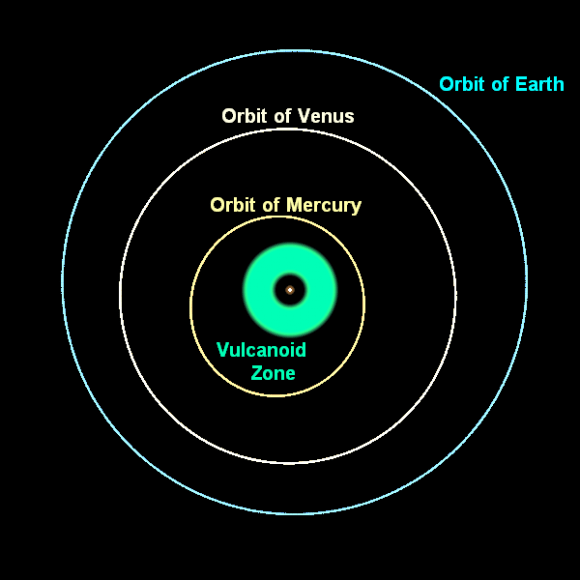
Still, reports of the planet Vulcan were substantial enough for astronomers to mount an expedition to the territory of Wyoming in an attempt to catch dim Vulcan near the Sun during the brief moments of totality. Participants include Simon Newcomb of the Naval Observatory, James Craig Watson and Lewis Swift. Inventor Thomas Edison was also on hand, stationed at Rawlins, Wyoming hoping to test his new-fangled invention known as a tasimeter to measure the heat of the solar corona.
Conditions were austere, to say the least. Although the teams endured dust storms that nearly threatened to cut their expeditions short, the morning of the 29th dawned, as one newspaper reported, “as slick and clean as a Cheyenne free-lunch table.” Totality began just after 4 PM local, as observers near the tiny town of Separation, Wyoming swung their instruments into action.
Such a quest is difficult under the best of circumstances. Observers had to sweep the area within 3 degrees of the Sun (six times the diameter of a Full Moon) quickly during the fleeting moments of totality with their narrow field refractors, looking for a +4th magnitude star or fainter among the established star fields.

In the end, the expedition was both a success and a failure. Watson & Swift both claimed to have identified a +5th magnitude object similar in brightness to the nearby star Theta Cancri. Astronomer Christian Heinrich Friedrich Peters later cast doubt on the sighting and the whole Vulcan affair, claiming that “I refuse to go on a wild goose chase after Le Verrier’s mythical birds!”
And speaking of birds, Edison ran into another eclipse phenomenon while testing his device, when chickens, fooled by the approaching false dusk came home to roost at the onset of totality!
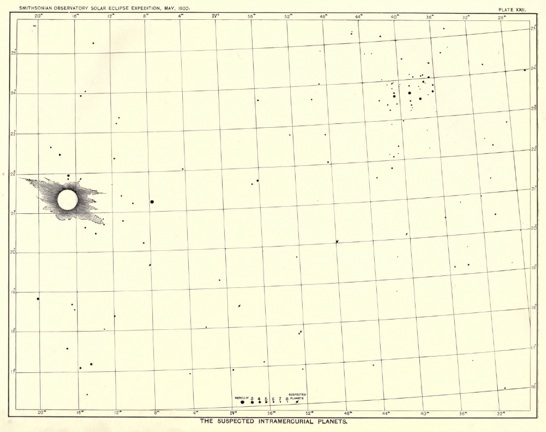
But such is the life of an eclipse-chaser. Albert Einstein’s general theory of relativity explained the precession of Mercury’s orbit in 1916 and did away with a need for Vulcan entirely.
But is the idea of intra-Mercurial worldlets down for the count?
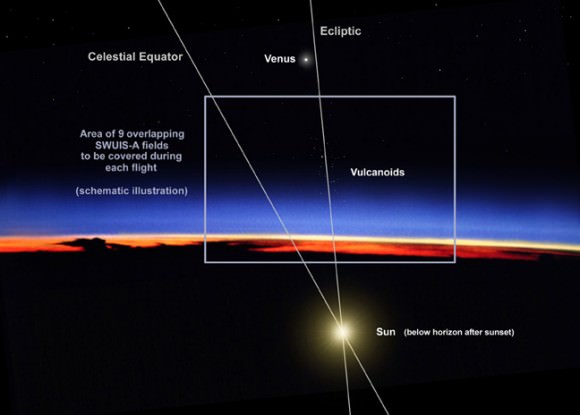
Amazingly, the quest for objects inside Mercury’s orbit goes on today, and the jury is still out. Dubbed Vulcanoids, modern day hunters still probe the inner solar system for tiny asteroids that may inhabit the region close to the Sun. In 2002, NASA conducted a series of high altitude flights out of the Dryden Flight Research Center at Edwards Air Force Base, California, sweeping the sky near the Sun for Vulcanoids at dawn and dusk. Now, there’s a job to be envious of — an F-18 flying astronomer!
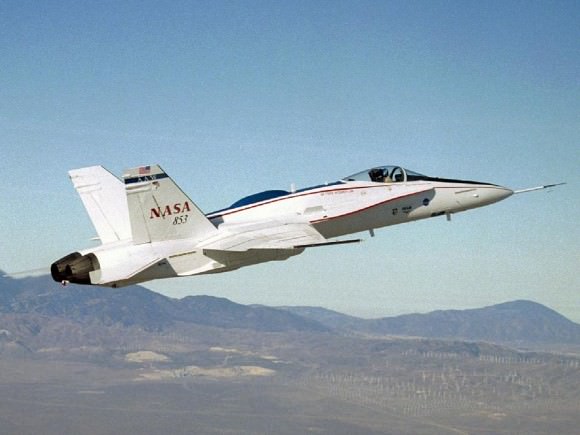
NASA’s MESSENGER spacecraft was also on the lookout for Vulcanoids on its six year trek through the inner solar system prior to orbital insertion on March 18th, 2011.
Thus far, these hunts have turned up naught. But one of the most fascinating quests is still ongoing and being carried out by veteran eclipse-chaser Landon Curt Noll.
Mr. Noll last conducted a sweep for Vulcanoids during total phases of the long duration total solar eclipse of July 22nd, 2009 across the Far East. He uses a deep sky imaging system, taking pictures in the near-IR to accomplish this search. Using this near-IR imaging technique during a total solar eclipse requires a stable platform, and thus performing this feat at sea or via an airborne platform is out. Such a rig has been successful in catching the extremely thin crescent Moon at the moment it reaches New phase.
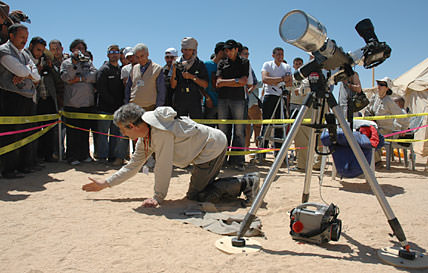
To date, no convincing Vulcanoid candidates have been found. Mr. Noll also notes that the European Space Agency/NASA’s joint Solar Heliospheric Observatory (SOHO) spacecraft has, for all intents and purposes, eliminated the possibility of Vulcanoids brighter than +8th magnitude near the Sun. Modern searches during eclipses conducted in this fashion scan the sky between wavelengths of 780 to 1100 nanometres down to magnitude +13.5. Mr. Noll told Universe Today that “Our improved orbital models show that objects as small as 50m in diameter could reside in a zone 0.08 A.U. to 0.18 AU (1.2 to 2.7 million kilometers) from the Sun.” He also stated that, “there is plenty of ‘room’ for (Vulcanoids) in the 50 metre to 20 kilometre range.”
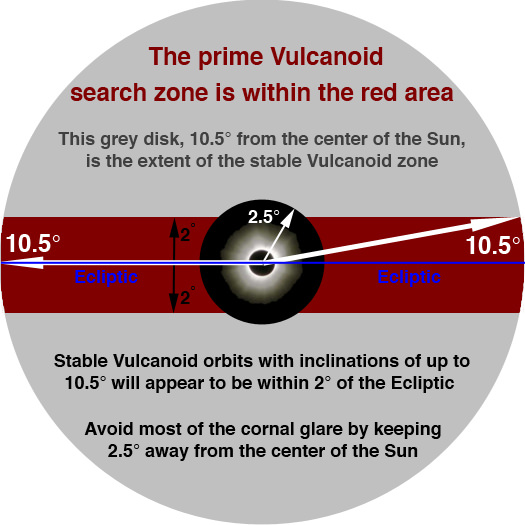
Mr. Noll plans to resume his hunt during the August 21st, 2017 total solar eclipse spanning the continental United States. Totality for this eclipse will have a maximum duration of 2 minutes and 40 seconds. Circumstances during the next solar eclipse (a hybrid annular-total crossing central Africa on November 3rd, 2013) will be much more difficult, with a max totality located out to sea of only 1 minute and 40 seconds.
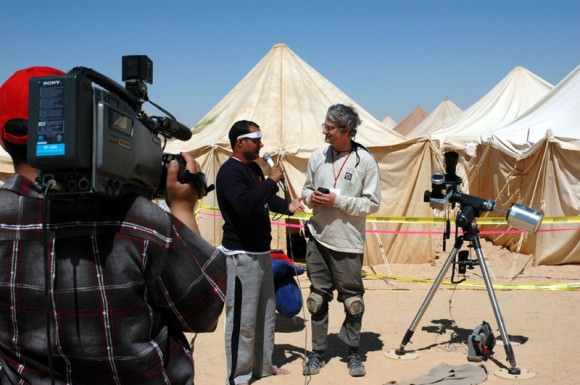
Still, we think it’s amazing that the quest for Vulcan (or at least Vulcanoids) is alive and well and being spearheaded by adventurous and innovative amateur astronomers. In the words of Vulcan’s native fictional son, may it “Live Long & Prosper!”
– Read more about Edison vs. the Chickens & the eclipse of 1878 here.
– For a fascinating read on the subject, check out In Search for planet Vulcan.
– Read more of Mr. Noll’s fascinating search for Vulcanoids here.

